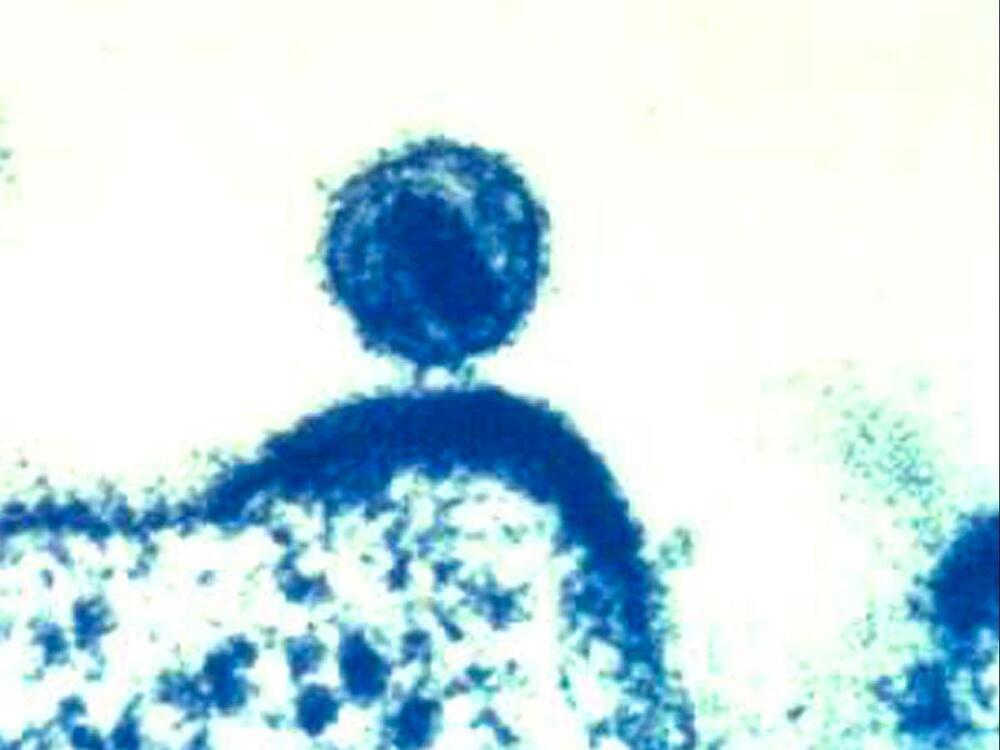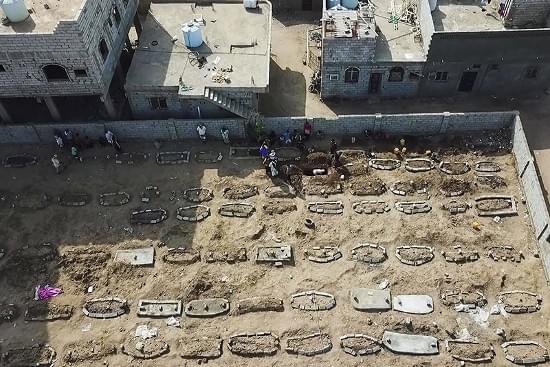A patient with leukaemia in the US has become the first woman to be cured of HIV after receiving a stem cell transplant aje.io/nkfvf8
The new approach may make the treatment available to more people without the need for antiretroviral therapy.
A patient with leukaemia in the US has become the first woman to be cured of HIV after receiving a stem cell transplant aje.io/nkfvf8
The new approach may make the treatment available to more people without the need for antiretroviral therapy.

‘The fact that she’s mixed race, and that she’s a woman, that is really important scientifically and really important in terms of the community impact,’ doctor says.
The new findings were presented on Tuesday at the Conference on Retroviruses and Opportunistic Infections in Denver, Colorado.
University of California, San Francisco AIDS expert Dr Steven Deeks said that “the fact that she’s mixed race, and that she’s a woman, that is really important scientifically and really important in terms of the community impact,” The New York Times reported.
Women account for the majority of global HIV cases but only make up 11 per cent of participants in cure trials. The disease is thought to develop differently in men and women.

There is a cyborg organoid platform developed by integrating “tissue-like” stretchable mesh nanoelectronics with 2D stem cell sheets. Leveraging the 2D-to-3D reconfiguration during organoid development, 2D stem cell sheets fold and embed stretchable mesh nanoelectronics with electrodes throughout the entire 3D organoid. The embedded electronics can then enable continuous electrical recording.
Scientists design stretchable mesh nanoelectronics, mimicking the mechanical and structural properties of brain organoids to build cyborg human brain organoids.
Using the 3D embedded stretchable electrodes, achieved reliable long-term electrical recording of the same hiPSC-derived neural tissue at single-cell, millisecond spatiotemporal resolution for 6 months, revealing the evolution of the tissue-wide single-cell electrophysiology over hiPSC-derived neuron development. Applying this technology to brain organoids at early developmental stages, they traced the gradually emerging single-cell action potentials and network activities.
#biomimicry #meshelectronics #hiPSC #neurallace #neuroscience
Building cyborg brain organoids through the integration of stretchable mesh nanoelectronics with human induced pluripotent stem cell derived progenitors and neurons through organogenesis is reported…
Sometimes those working in the field of rejuvenation biotechnology face the accusation that what they are doing is just a fear of death, like not being scared of age-related diseases is somehow brave.
War used to be fashionable but now it isn’t
These days, war is not really portrayed in a very good light. When we think about war, we think about genocide, mass murder, and slaughter, and we call for an end to it. The popular sentiment is that war is bad and we should just do away with it.

About 1 in 300 people in the general population carry the Tay-Sachs disease gene. Ray Kachatorian/Stone via Getty ImagesTwo babies have received the first-ever gene therapy for Tay-Sachs disease after over 14 years of development. Tay-Sachs is a severe neurological disease caused by a deficiency in an enzyme called HexA. This enzyme breaks down a fatlike substance that normally exists in very small, harmless amounts in the brain. Without HexA, however, this fatlike substance can accumulate to toxic levels that damage and kill neurons.


Urban air pollution exposure is an ongoing critical challenge for humanity today because the majority of us live in cities. A just-published study in The Lancet Planetary Health reports that 2.5 billion live in urban areas where particulate matter levels exceed World Health Organization (WHO) safety guidelines causing more than 1.8 million attributed deaths annually. The study reports that “the global health burden of ambient fine particulate matter is increasing annually” and is associated with mortality from cardiovascular, respiratory, and lung diseases including cancer. And in terms of chronic diseases, particulate matter in the air contributes to asthma, bronchitis and emphysema, and seen as the leading environmental risk humans face today.
What is particulate matter? The Canadian government defines it as airborne particles that can be solid or liquid. Particulate matter comes from natural and human sources. The natural ones can be seen when volcanoes erupt spewing ash and other aerosols high into the atmosphere. But far more dangerous because of the sheer volume, is human-produced particulate matter coming from smokestacks, tailpipes, power plants, recently tilled fields, tires running across asphalt and concrete roads, and other human activities that release fine particles into the wind. The lighter and smaller the particle, the greater the threat. That’s because fine particulate matter is easier to inhale. It’s also easier to enter the pores of leaves in plants, and easier as liquid aerosols to bind to our buildings and bridges and other infrastructure where its acidic nature causes corrosion.
A particle of 2.5 micrometres (equivalent to 0.00009843 inches) or less is a public health threat. The U.S. Environmental Protection Agency tracks aerosol pollution at this size and on its site notes that particulate matter smaller than 2.5 micrometres has been declining for two decades. The Lancet study contradicts this finding noting that globally levels of airborne particulate matter have changed very little in twenty years. And where’s the greatest rise? In the cities of Southeast Asia.


Please welcome Samantha Higgins, who defines herself as a professional writer with a passion for research, observation, and innovation. She resides in Portland, Oregon with her husband and her two twin boys. When she’s not writing about artificial intelligence and other technology subjects, Samantha loves kayaking and reading creative non-fiction. In this her first contribution to 21st Century Tech Blog, she talks about the progress being made by those who create the neural networks that make computers learn about the patterns in human existence. That’s what machine learning is all about.
Machine learning is a technology that gives us language translation applications, word prediction when composing emails and texts, and suggestions on the order presentation within social media feeds. It is a technology used by many industries from healthcare where it can aid in medical diagnosis and interpretation of radiology images, as well as in the operation of autonomous vehicles.
Machine learning is a subcategory of artificial intelligence (AI), software tools that learn without explicitly relying on programming. Many companies deploying AI today are primarily using machine learning to help reduce labor costs and increase productivity.

Recent advances in AI are using deep learning to identify areas within human organs that surgeons can safely dissect before operating, machine learning to predict if patients with memory issues will develop Alzheimer’s within two years, and deep learning to analyze eye scans during routine examinations to identify patients at short-term high risk for a heart attack.
AI is being used for surgical guidance in the OR, for predicting early-onset Alzheimer’s, and through eye exams who may have a heart attack.